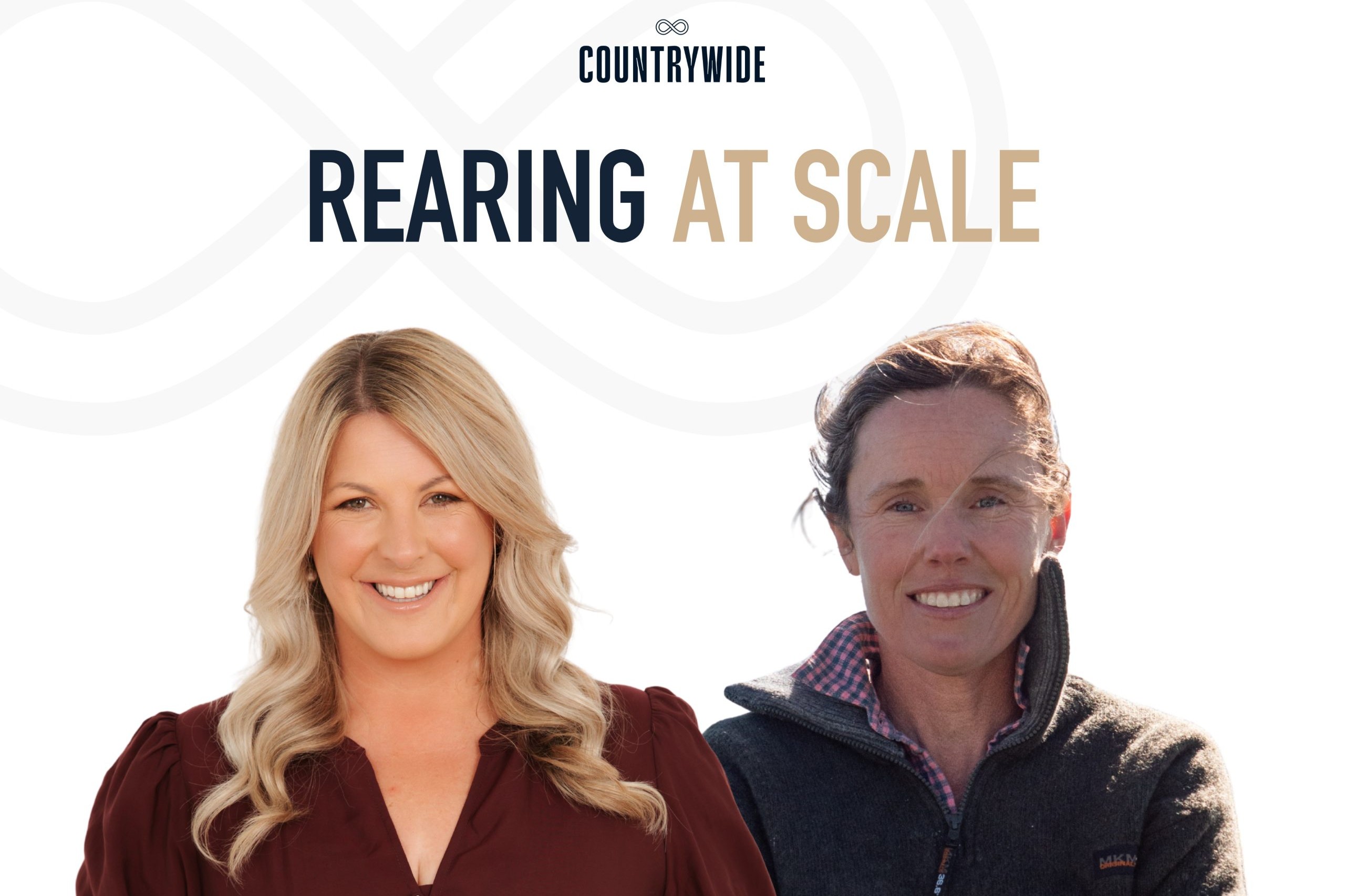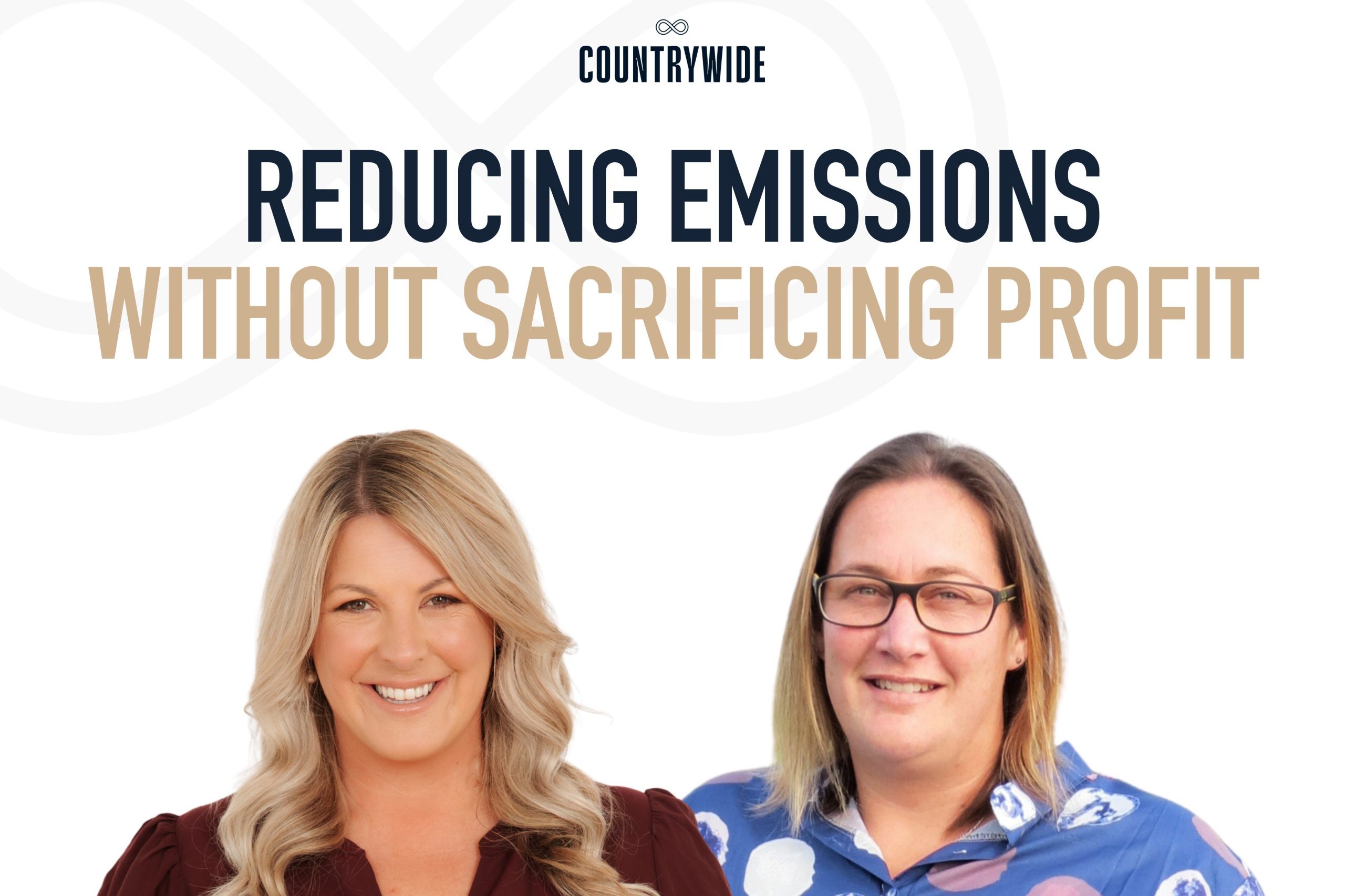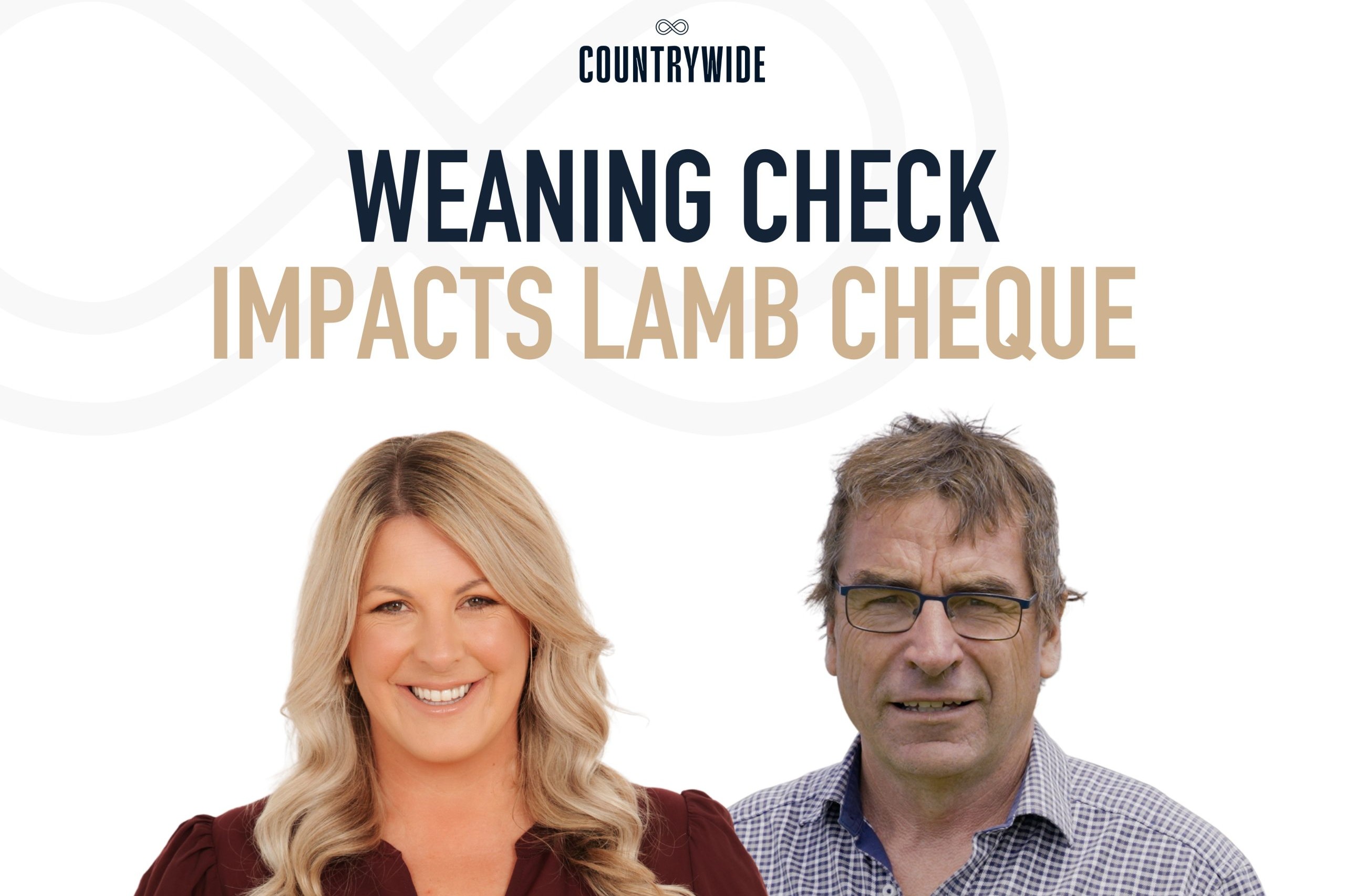Episode 69 – Pushing the boundaries of catch crops
Imagine if a crop could be both productive and improve environmental outcomes in a cold and wet climate? Plant & Food Research have been working with several Canterbury catchment groups to ground the science to see how winter forage oats can reduce nitrate leaching losses even in the toughest conditions.
Guest:
- Dr Brendon Malcolm, Senior Scientist, Plant & Food Research
Host:
- Sarah Perriam-Lampp, CEO and Editor-in-Chief, Country-Wide
For more than a decade, Dr Brendon Malcolm has been leading trials at Plant & Food Research exploring how catch crops, particularly forage oats, can reduce nitrate leaching and build more resilient winter grazing systems. What started on the Canterbury Plains has since pushed into colder, tougher country, with trial sites now established as high as 700 metres above sea level in inland Canterbury and Otago.
The goal is simple: use fast-establishing, winter-active crops to mop up nitrogen left behind after winter grazing, particularly from urine patches. In some cases, the reduction in nitrate leaching has been as high as 60 percent compared to fallow ground, alongside solid dry matter yields of up to 10 tonnes per hectare. The benefits go beyond nutrient capture: the oats also improve soil structure, provide valuable winter feed, and help rebuild microbial and worm activity in soils heavily affected by pugging.
While rye corn has long been a go-to in high-altitude systems, the true forage oat varieties trialled have consistently outperformed it in both yield and environmental benefit. Brendon’s work is grounded in practicality, testing different sowing methods, working closely with catchment groups, and engaging farmers directly through field days and paddock-side chats. His focus isn’t just scientific validation, but making sure the findings are usable and real-world ready.
He sees the integration of catch crops not as a silver bullet, but as a practical, scalable step toward better nutrient management and soil stewardship. For farmers navigating winter cropping systems, it’s a solution that balances production, regulation, and long-term environmental care.
Read more about Brendon’s story here.




